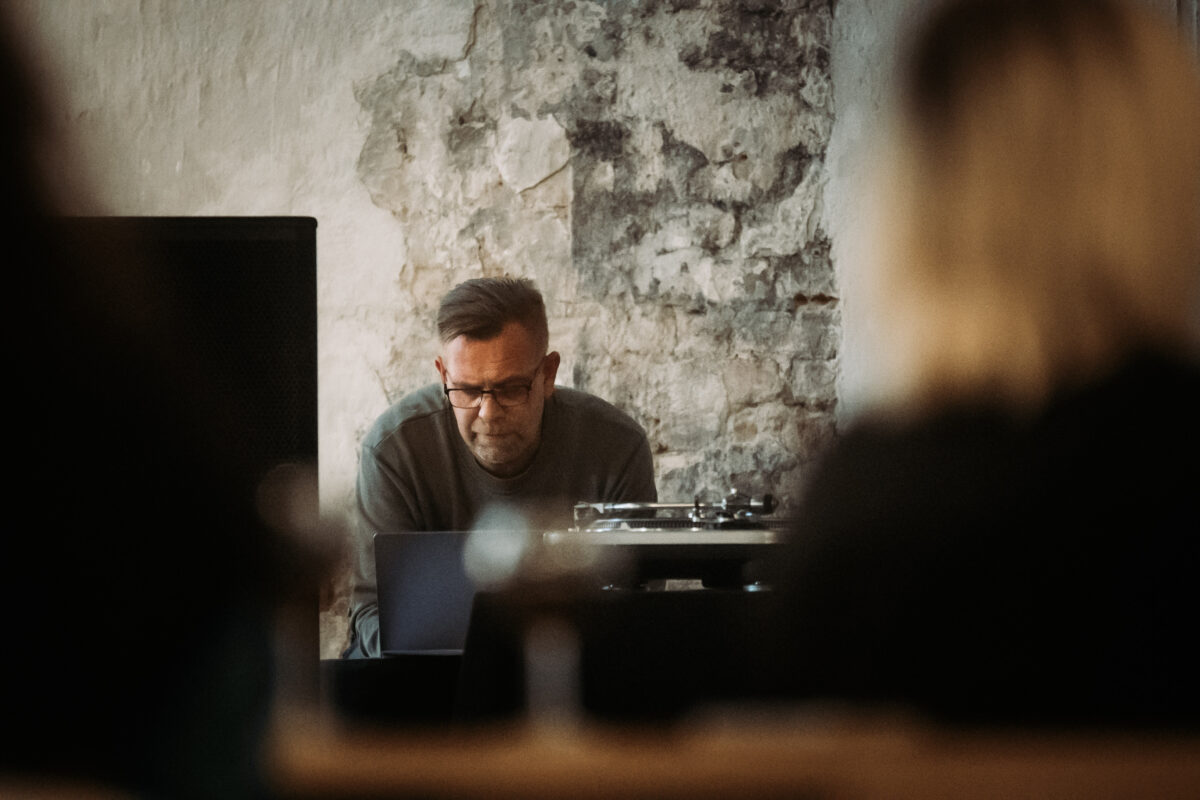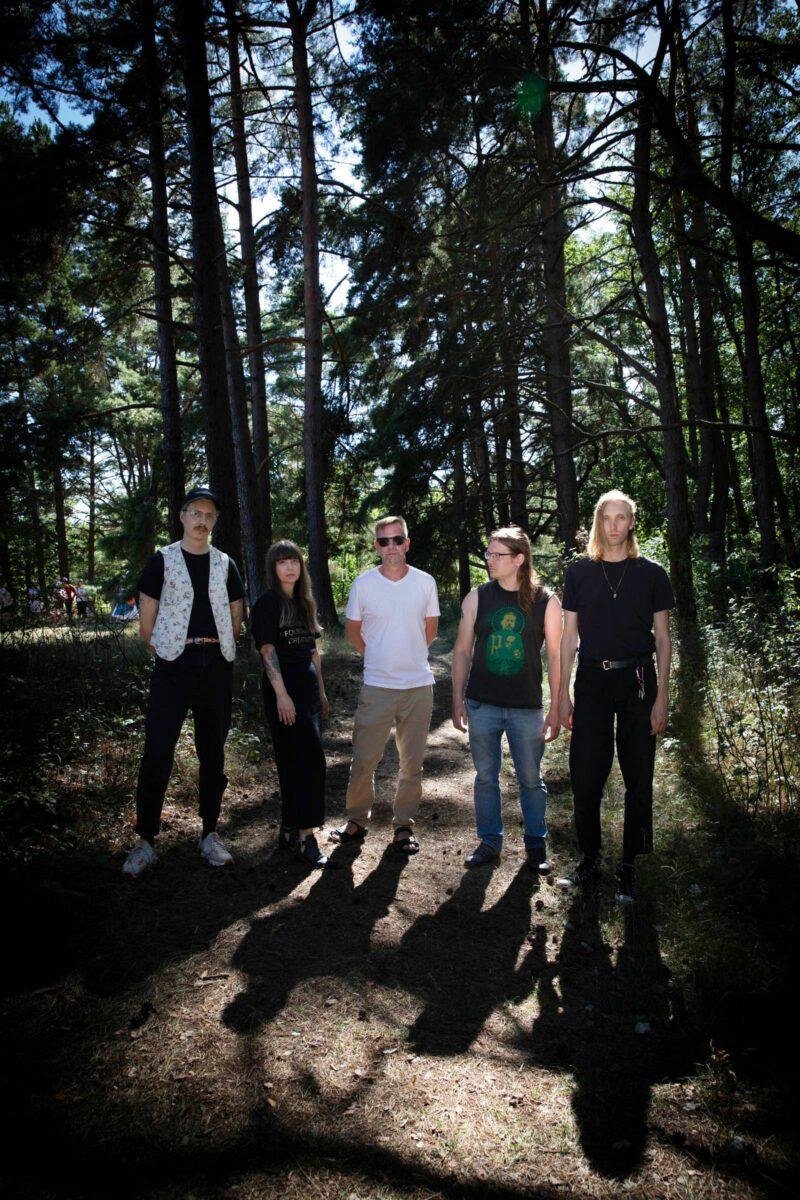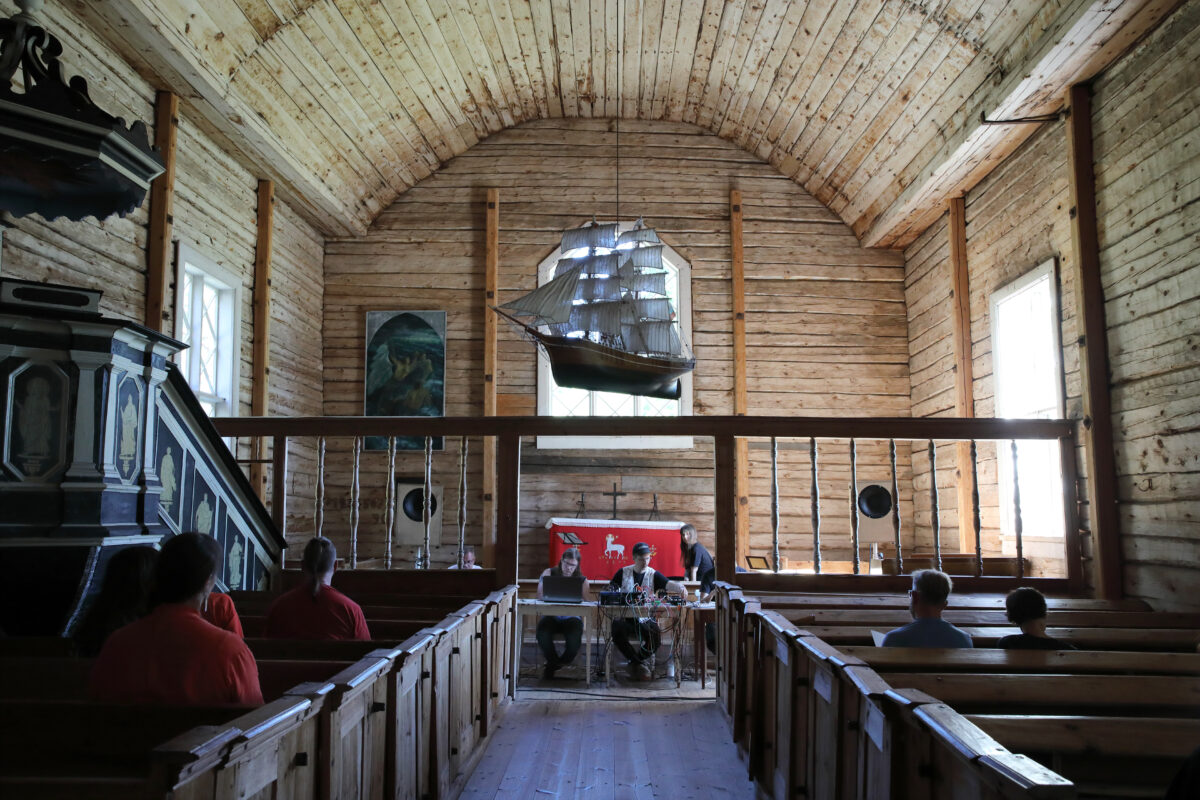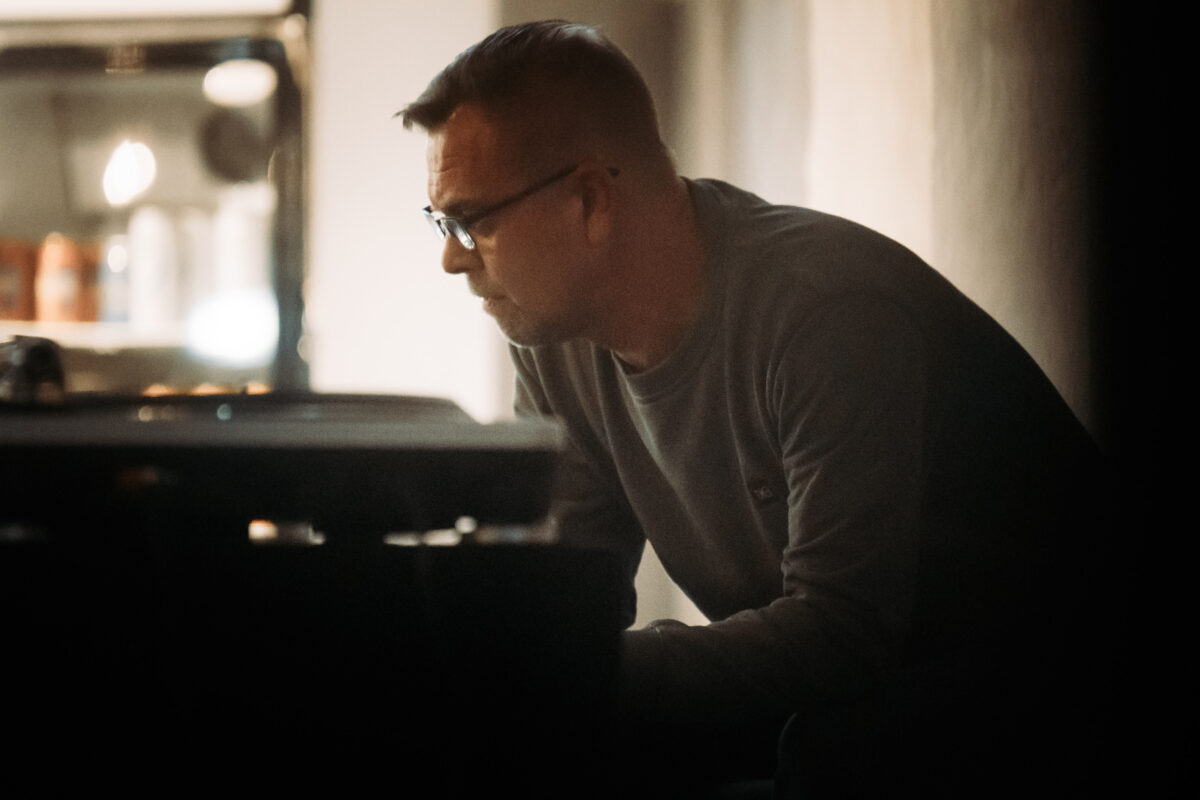Post-Residency Interview with artist Kalle Hamm
Kalle Hamm has been engaging with Seili in the Turku Archipelago since 2018, participating in several residencies on the island and returning, time and again, to compile and compose The New Pangaea as part of the sound collective Band of Weeds. The artistic project, The New Pangaea, examines the spread and retreat of the plant species on Seili through a plant trail across the island, a live cantata and the production of an LP. Kalle and Band of Weeds performed excerpts from The New Pangaea in Seili and Turku at NPT x CAA How do you know what you know? Exercises in Attentiveness I and II in the summer of 2022. Selina Oakes catches up with Kalle to converse about his experiences working with Seili, its plants and ecologies, over an extended period of time.
CAA: Your work with Seili is coming to a close. What notable reflections and experiences will you take away with you and into future projects?
Kalle Hamm: Perhaps the most ‘eureka’ moment experienced while working with Seili was the realisation that we, Band of Weeds, don’t have to use live plants in our concerts, but that we can use recordings made in the field. We had previously considered that the live plants were part of the band as physical performers. However, the fact that Seili is a nature reserve and national heritage site, where transplanting plants is not permitted, encouraged us to modify our methods and to also reflect upon the ethical aspects of displacing plants: it raised the question of whether transplanting any plant is ethical in any context. We realised that, in our work, moving the plants was not justified: we asked ourselves, why disturb them? Working on Seili also made Band of Weeds and myself aware of the importance of having a certain knowledge of each species.
CAA: What is the importance of this ‘knowledge’ for Band of Weeds and yourself, and also more widely, for example, for people using, working and living with the environment in question?
KH: The importance of this ‘knowledge’ is crucial. On a personal note, if I don’t know the species, I don’t know which species I am recording, nor can I continue to research that plant species – it would be like working blind. During our research for The New Pangaea, Band of Weeds and myself used the analogy of grasshoppers: while, as individuals from an older generation, we no longer hear the frequencies of the sounds made by grasshoppers, it does not mean that grasshoppers no longer exist.
If you are not aware of the species, you don’t know what you will lose from an area when you modify the soil or build something there. For example, the last known place where motherwort grew on Seili was destroyed when a restaurant entrepreneur decided to install a barbecue area next to the guest boat harbour. A conversation with the biologists working at the Archipelago Research Institute could have prevented the destruction of this plant and its habitat.
On a more general level, it is important to increase the knowledges that landowners and other parties have on plant species. With this increased knowledge, landowners, for example, would be aware of which species grow on their land and perhaps become more attuned to the vegetal relationships that already exist there. Ideally, this kind of education – such as identifying species or where to get help if you can’t identify a species yourself – would have to start at an early age, like in primary school.
CAA: How has this mode of residency, extended over many years (2018-2022), contributed to your practice? What has this lengthy, situated research and working process made possible?
KH: Nowadays, time is a luxury. In an accelerated performance-oriented work culture, results are expected; if not immediately, then at least soon. Also, it is not always understood that artists are not automatons who produce works of art on an assembly line. The audience sees the final result, and not the amount of background work needed to implement it. Time is also linked to funding. If there is not enough funding, the artist has to ‘save’ time, that is, to do their work faster, which affects the quantity and/or quality of this ‘background work’. Limited funding also leads to cuts in the time and costs used for producing the final work.
Thanks to CAA’s curator and a financial backer, there was both time and funding to make The New Pangaea. This enabled a series of mini-residencies to take place on the island of Seili, which was crucial in the making of the project. If we had visited the island only once, for example in spring, we would have seen only spring plants, and in autumn, only late summer plants. In addition, the cooperation and discussions held with the Archipelago Research Institute’s biologists were a unique luxury: the scientists were generous with their time and knowledge, inviting us artists and musicians into their research practices, methods and observations.
CAA: You recently performed two live sets from Band of Weeds’s The New Pangaea – a concert in the church in Seili and a shorter performance at Manilla in Turku. Can you talk a little about each performance and the impact that each site had on the work? What do you hope to communicate to the listener with each performance?
KH: The concert in Seili took place in an old wooden church with its own interesting history. This special venue greatly shaped the sound and tonal space of the entire piece from the very beginning of the work. There is a pump organ in the church, which we used as part of the work and its performance. Similarly, the uncoated log-walls give the space a unique acoustic, which we wanted to use in the live cantata. This influenced what kind of sound system we chose for the concert: the spaciousness and acoustics of the space encouraged us to fill it with full-bodied sound, and also to turn it into one of the instruments of the work. This is something we want to pay more attention to in our future live concerts.
Manilla is a typical old factory building that has been converted into a culture venue. I played a very well-prepared set of unfinished pieces from my laptop there. So, it was more a DJ-gig than a live concert. In addition, there was no live singing. Everything was more or less known in advance: the space, the sound system and the nature of the event itself, which could be characterised as club-like. In Seili church, we wanted to give the audience as physical a sound experience as possible, which penetrates deep into the core of the body. In Manilla, I wanted to offer a dreamy sound journey that tunes the listener to new frequencies.
CAA: Do you have any parting advice on how to ‘listen’ to/with plants in our everyday?
KH: I’m bad at giving any advice, but if something needs to be said it would be: give yourself time to listen to/with plants – sit down and be present. Plants exist in this world in a very different way to people: their rhythms of being are determined from different starting points. Tuning in and adapting to these spheres takes time, at least for me.
CAA: What will you be working on next? Will you continue to work with plants in the future?
KH: Yes, we will continue to work with plants, but we don’t want to rush and work just for the sake of working. We have some starting points in mind, but we want to wait for all the pieces to fall into place, which will then start the actual working process.
Get to know Kalle Hamm and Band of Weeds’ work:
First interview conducted with Kalle Hamm in 2020
Kalle Hamm and Band of Weeds’ concert on Seili
Kalle Hamm performing in Manilla, Turku
Link to The New Pangaea project pages





